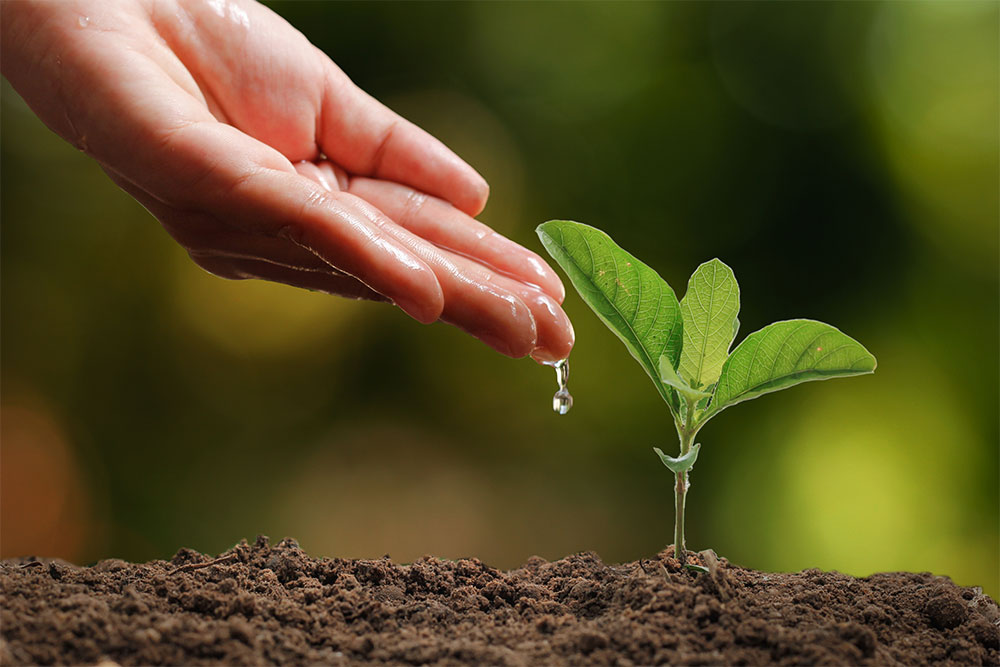“Water, water everywhere, not a drop to drink,” how many of us are aware that water is a depleting resource and may soon become a precious commodity not available easily to mankind. According to the United Nations, 97.5 per cent of water is in seas and oceans (too salty for human consumption), while 2.5 per cent is frozen in the ice caps. Out of this, only 0.5 per cent of fresh water is available for consumption. It is a common sight to see slogans and campaigns that urge you to do your bit and save water, but how many of us follow through with it. A lack of habit of saving water and wastage of it is putting a great strain on the supply of fresh water. This World Water Day, let’s make a change.
1. Install flow restrictors or water-saving shower heads
Did you know, that each shower that you take leads to almost 18 litres of water being used? And, if you’re someone who showers twice a day, that makes it 36 litres. While we promote personal hygiene, we recommend installing flow restrictors, which limit how much water comes out of the showerhead.
2. Water your plants wisely
Knowing when to water your plants or garden can help you save around 20-30 litres of water. It is advisable to water during the ‘cool’ parts of the day, which is early in the morning, compared to mid-day or during dusk, as it uses less water.

3. Schedule laundry day
Piling up your laundry does have its benefits after all! We recommend scheduling laundry day at the end of the week and putting a full load into the washing machine, as opposed to washing a few items every day. This will save hundreds of litres of water with each cycle.
4. Check for leaks
As a standard procedure, ensure that you check your bathrooms and kitchen for any possible leaks. One way to go about it is to get food colouring and put a few drops in the toilet tank. If the colour starts appearing in the bowl without you flushing, then it means that there is a leak.
5. Avoid flushing out trash
If you find yourself using your toilet as a trash can to dispose of cigarette butts, tissues, or hygiene products, then it’s time to put a stop to it. In addition to clogging the toilet, it also wastes about 18-20 litres of water every time you flush.